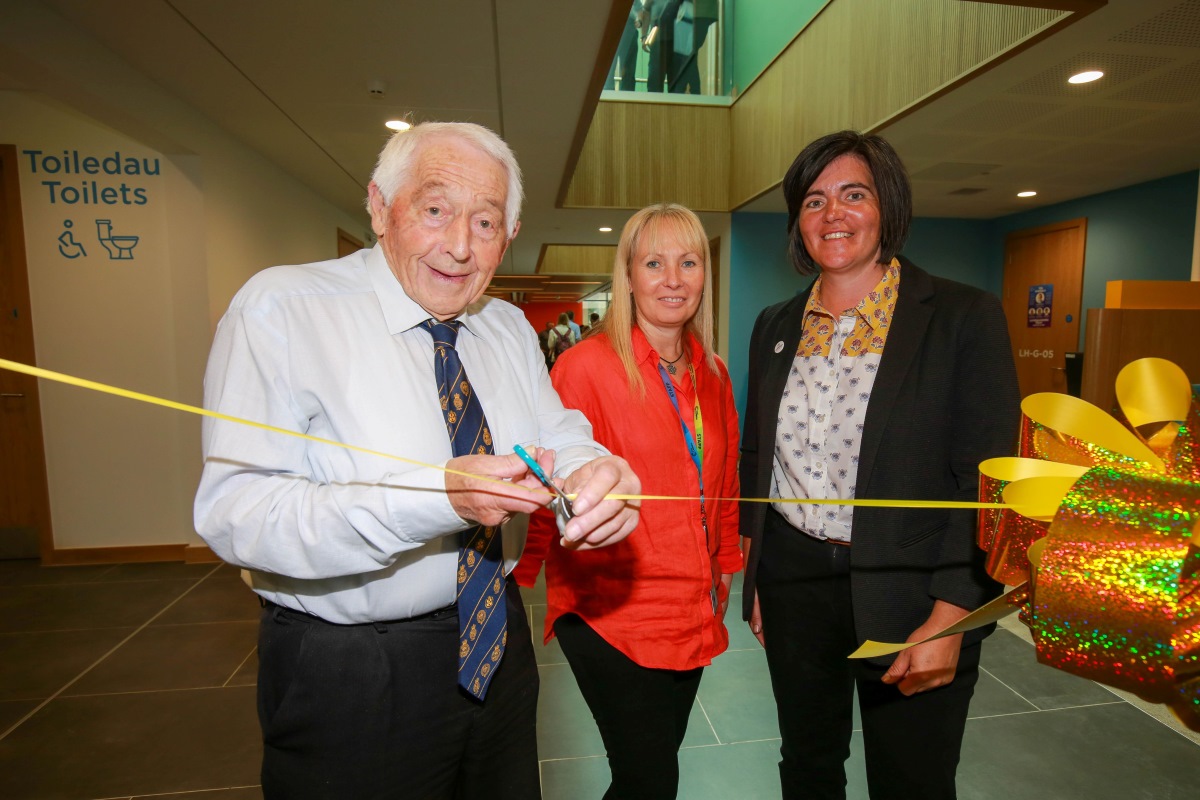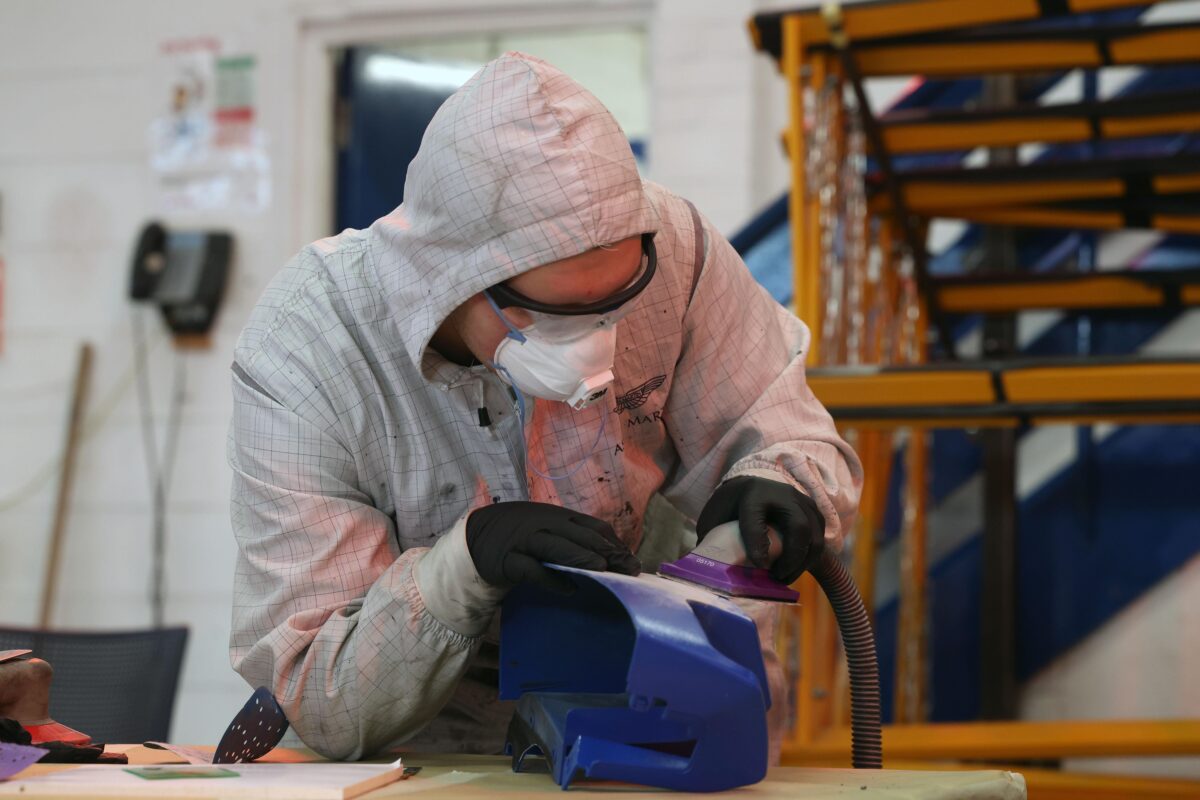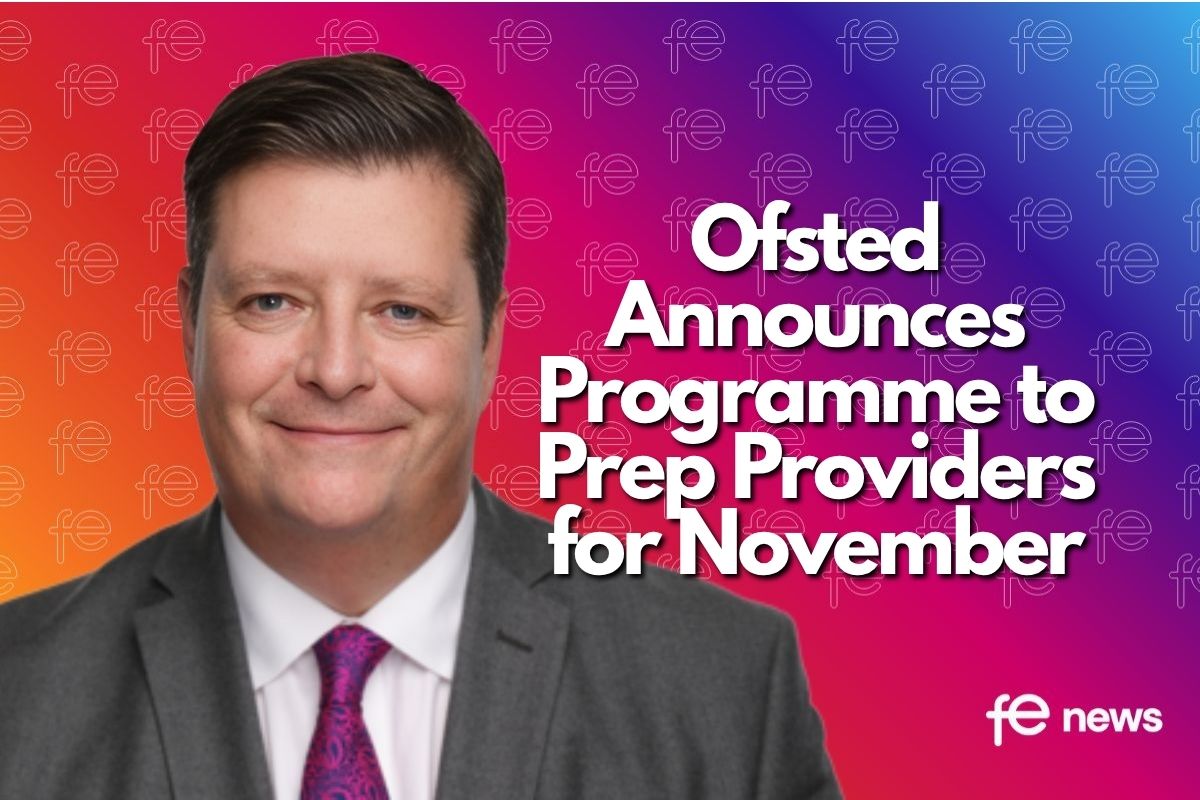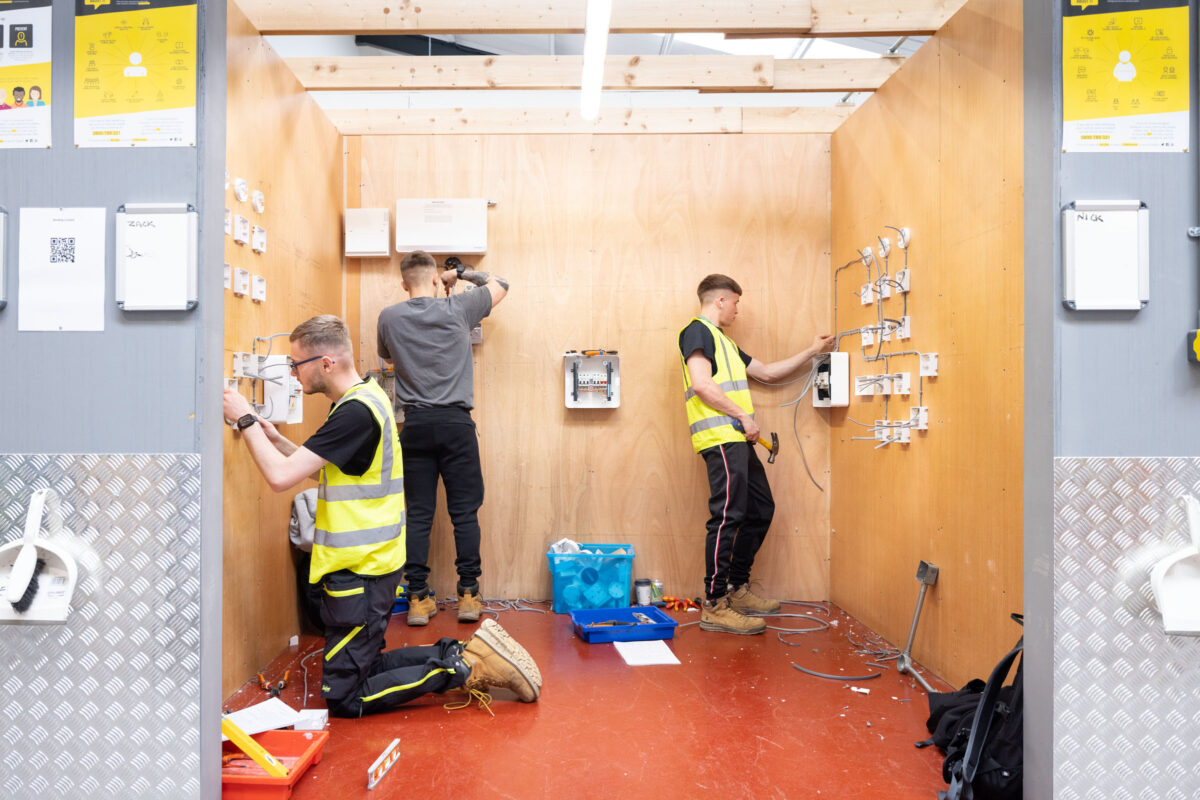Improving resettlement support for prison leavers

The government is not consistently supporting prison leavers in resettling into the community and the quality of services has declined in recent years,1 a new report by the National Audit Office (NAO) has found.
The NAO report, Improving resettlement support for prison leavers to reduce reoffending, also found that HM Inspectorate of Prisons did not rate any prisons as ‘good’ for rehabilitation and release planning in 2022-23, compared to 3% in the previous year and 30% in 2019-20.
The Ministry of Justice estimated in 2019 that the cost to society of reoffending by all adult offenders identified in 2016 was £16.7 billion (in 2017-18 prices). Official figures included in the report show that 38% of prisoners released from custody between April 2020 and March 2021 reoffended in the following 12 months.
A severe shortage of probation officers, combined with high caseloads means that HM Prison & Probation Service (HMPPS) is not completing all the resettlement work it recognises is essential. For example, between April 2022 and January 2023, key handover meetings between prison and probation staff and prisoners did not happen as intended in around half of cases.
In December 2022, 29% of probation officer roles were vacant2 while 92% of probation sub-regions were operating at or above full caseload capacity in August 2022.3 This follows the NAO’s report on probation services in 2019, which found that severe shortages and high workloads in the former National Probation Service were hampering its effectiveness.4 Today’s report also sets out the challenges caused by HMPPS’s reorganisation of probation services and the impact of the COVID-19 pandemic on prisons and probation services.
The NAO found that important resettlement outcomes for prison leavers have been mixed. From April 2022 to January 2023, accommodation outcomes have remained stable, with 76% of prison leavers in settled accommodation after three months.5 Employment outcomes have improved in this period, with more than a quarter of prison leavers in work after six months, up from 17% in the previous year.6 However, substance misuse treatment outcomes have remained poor, with just 37% of prison leavers with a substance misuse treatment referral engaged in community-based treatment in 2021-22.
HMPPS does not know why different groups of prison leavers have very different resettlement outcomes. NAO analysis found that, in 2021-22, 8% of female prison leavers were employed after six months compared with 18% of male prison leavers, while 11% of black or black British prison leavers were in work compared with 18% of white prison leavers. HMPPS has not performed analysis to identify the causes of this variation.
The NAO identified several strengths or recent improvements in the service and welcomed steps that HMPPS has taken to address unmet need such as launching a new accommodation service in July 2021 for offenders at risk of homelessness. In interviews with staff, we observed a strong commitment among prison and probation staff to turning prison leavers’ lives around. HMPPS has also made good progress recruiting people to help prison leavers find a job. By March 2023 it introduced employment leads in 92 eligible prisons to support prison leavers into work, although it is too early to determine their impact.
With the prison population forecast to increase by as much as 25% between March 2023 and March 2027 – mainly due to an increase in police officers and longer sentences for serious offenders – the NAO urges HMPPS to plan how it will manage higher demand for resettlement services.7 The Probation Service may need to supervise around 5,900 more prison leavers by March 2025, an increase of around 10% compared with caseloads in September 2022.8
Among its recommendations the NAO urged government bodies on the Cross Government Reducing Reoffending Board to publish a report in 2024 defining clear roles and responsibilities in the resettlement system. Better data is also required: HMPPS cannot currently demonstrate whether its Commissioned Rehabilitative Services contracts are making a positive difference to offenders, while its baseline audits of these contracts showed poor performance.
Gareth Davies, the head of the NAO said:
“One of the core purposes of prisons and probation services is to prepare prisoners for release effectively and ensure their smooth resettlement into the community. However, HMPPS and its partners across government do not do so consistently.
“While HMPPS has made some progress in recent years around issues such as accommodation it must ensure the basics are in place, including defining clear roles and responsibilities in the resettlement system.”
Howard League responds to National Audit Office report on improving resettlement support for prison leavers
The Howard League for Penal Reform has responded to the Improving resettlement support for prison leavers to reduce reoffending report, published today (Friday 12 May) by the National Audit Office (NAO).
The NAO, which interviewed the Howard League as part of its inquiry, found that the government is not consistently supporting prison leavers in resettling into the community, and that there has been a decline in the quality of services available.
It found that a combination of high caseloads and a severe shortage of probation officers meant that essential resettlement work was not being completed, and that a reorganisation of probation services and the impact of Covid-19 were continuing to hinder efficiency.
In the year 2022-23, His Majesty’s Inspectorate of Prisons did not rate any prisons as ‘good’ for rehabilitation and release planning, compared to three per cent in the previous year and 30 per cent in 2019-20.
Andrea Coomber KC (Hon.), Chief Executive of the Howard League for Penal Reform, said:
“This report is a wake-up call. A bloated prison system means scarce resources are being used to build more jails – rather than improving rehabilitation services and ensuring people don’t reoffend when returning to the community. There is a mismatch in public spending priorities and the end result is a system that sets people up to fail, rather than helping them move on from crime and lead positive lives.
“Overstretched and under-resourced services are struggling under intolerable pressure. Severe staff shortages in prisons are leaving people locked in their cells with nothing to do, and severe staff shortages in probation are making it harder for them to find a home and a job when they are released.
“This will only get worse if the government proceeds with its plans to increase the prison population and build more prisons. Any serious attempt to reduce crime would begin with investment in housing, education and jobs instead.”
- The Howard League for Penal Reform is the oldest penal reform charity in the world. It is a national charity working for less crime, safer communities and fewer people in prison.
- The NAO report, Improving resettlement support for prison leavers to reduce reoffending, will be available online from Friday 12 May 2023.
- The report states that resettlement work should be carried out to prepare prisoners for their release by addressing the factors which influence reoffending. It adds that resettlement planning should start from prisoners’ first day in custody and continue throughout their sentences and after their release during their ongoing supervision in the community.
- In December 2022, 1,762 out of 6,158 probation officer roles were unfilled.
- For the probation officer grade in March 2023, 104 out of 113 of HMPPS’s probation sub-regions with available data (92%) were operating at or above 100% of their operational capacity.
- Transforming rehabilitation: Progress review: https://www.nao.org.uk/reports/transforming-rehabilitation-progress-review/
- An increase on 75% in 2021-22.
- 25% represents an increase on 2021-22, when the figure was 17%.
- As at March 2023, the prison population was around 84,400. MoJ forecasts that the prison population could reach between 93,100 and 106,300 by March 2027, increases of 10% and 26%.
- The Ministry of Justice’s modelling work indicates that, while projections are uncertain, the Probation Service may need to around 5,900 more prison leavers starting their supervision in the community by March 2025, an increase of around 10%.












Responses